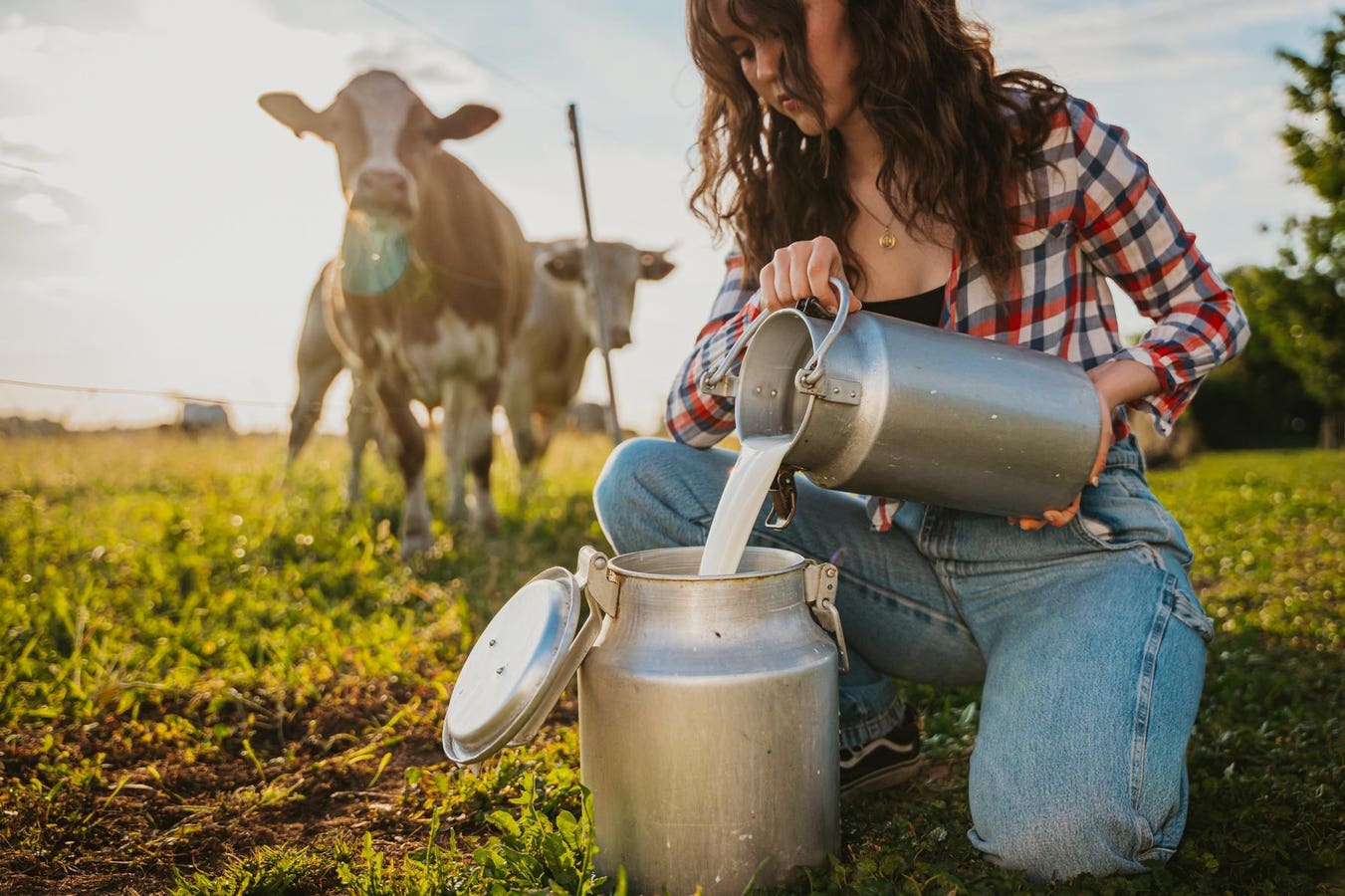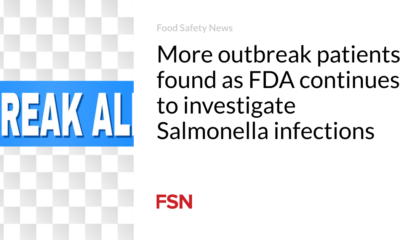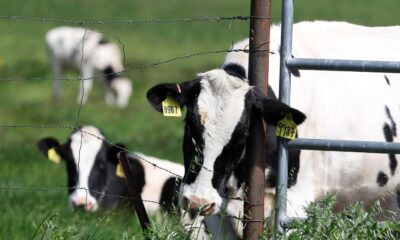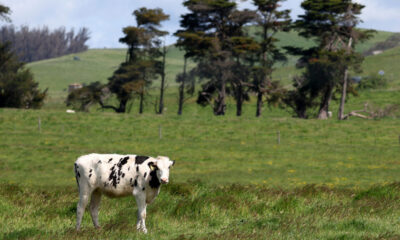Health
FDA finds infectious H5N1 bird flu virus in 14% of raw milk samples

According to the results of a new study, raw milk may contain a live bird flu virus. The results come … [+]
An alarming 14% of raw milk samples taken from states with dairy herd outbreaks contained the contagious H5N1 bird flu, according to new research test results released by the FDA.
The researchers took 275 milk samples from bulk storage tanks on farms in four states where dairy cattle have been confirmed infected with H5N1. The virus was actually detected in 57.5% of samples, with further testing showing that a quarter of these contained infectious virus.
The results have been published in a preprint article, which has not yet been reviewed for scientific accuracy by external experts. However, the article has sparked many responses from experts around the world, re-emphasizing the dangers of consuming raw milk.
The researchers also artificially fortified the milk with the infectious H5N1 virus before heat-treating it in a process designed to mimic pasteurization, which standard commercial milk supplies go through before sale, and found that the process was highly effective was in inactivating the virus. “These findings demonstrate that the milk supply is safe,” the researchers said.
Consumption of raw milk, which has not undergone filtration or heat treatment to remove pathogens, has been responsible for several disease outbreaks, including those from bacteria such as Campylobacter, and poses significant health risks. According to the CDC. Although there are no documented cases of humans contracting H5N1 from drinking infected raw milk, there is evidence that mice have become infected from drinking cow’s milk.
The new results come amid new research released today showing that less than half of American adults know that drinking raw milk is less safe than drinking pasteurized milk.
The questionnaire, run by researchers at the University of Pennsylvania’s Annenberg Public Policy Center from June 7 to 10, asked more than 1,000 American adults about their opinions on raw milk. Only 47% of respondents knew that raw milk was less safe to drink. Another 30% are not sure, 15% think it is just as safe and 9% of respondents think it is safer.
“It is important that anyone planning to consume raw milk is aware that it can make you sick and that pasteurization reduces the risk of milk-borne illness,” said Patrick E. Jamieson, director of Annenberg Health and Human Services. Risk Communication Institute at the University of Pennsylvania’s Annenberg Public Policy Center.
The survey also found that 20% of respondents were unsure how effective pasteurization is at killing viruses and bacteria, and 4% felt it was “not too effective” or “not at all effective”. Adults aged 65 or older and/or college educated were more likely to understand the benefits of pasteurization and also correctly believed that pasteurization does not destroy the nutrients in milk.
Some views on raw milk also varied depending on political affiliation: 57% of Democrats believed that drinking raw milk is less safe than drinking pasteurized milk, compared to 37% of Republicans.
“The difference in views on raw milk that we see between Democrats and Republicans is difficult to disentangle from the difference between rural and urban residents,” said Kathleen Hall Jamieson, director of the Annenberg Public Policy Center. “Those in rural areas are both more likely to identify as Republicans and consume raw milk.”













